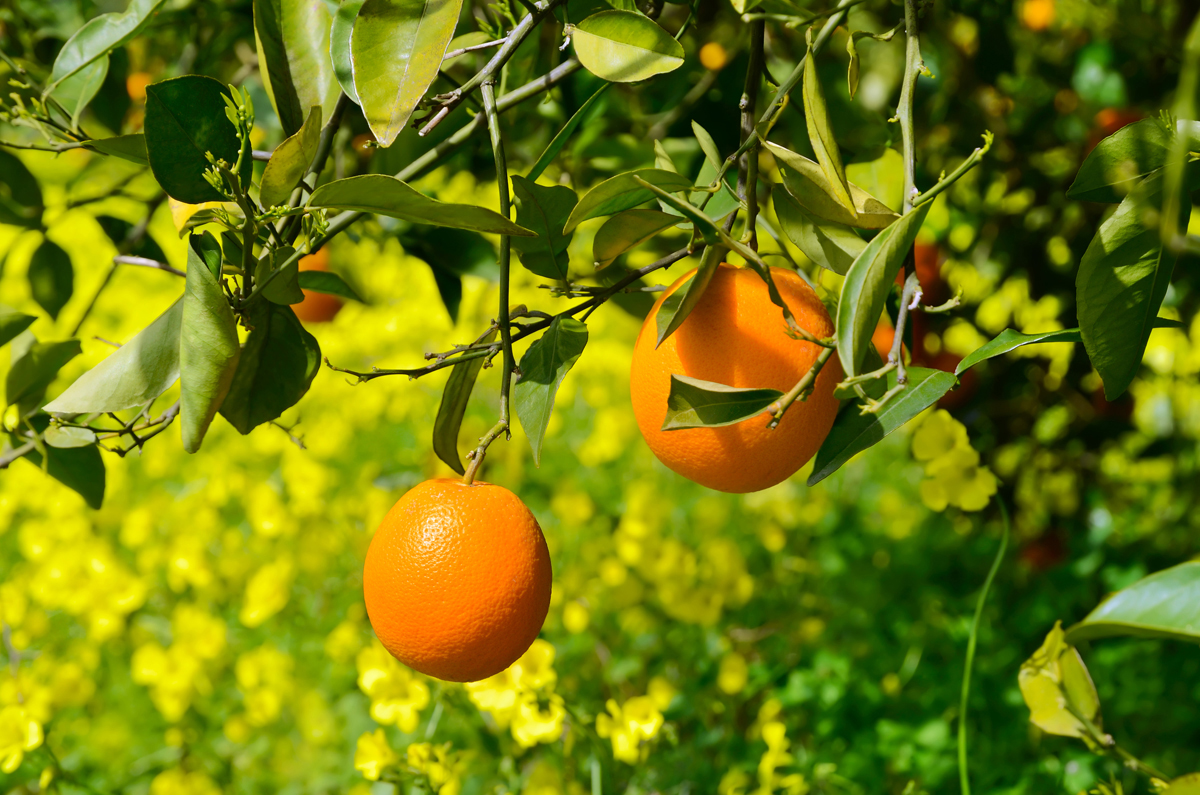
Trimming fruit trees is an essential practice for maintaining tree health, improving fruit quality, and ensuring a bountiful harvest. Here’s a step-by-step guide on how to trim fruit trees effectively:
Tools Needed:
- Pruning shears (for small branches)
- Loppers (for medium branches)
- Pruning saw (for large branches)
- Ladder (for tall trees)
- Gloves
- Disinfectant (to clean tools between cuts, especially if the tree is diseased)
Timing:
- Dormant Season: The best time to trim most fruit trees is during the late winter or early spring when the tree is still dormant, and before new growth begins. This helps avoid stress and allows the tree to heal quickly.
- Summer Pruning: Light pruning can be done in the summer to remove water sprouts (vigorous shoots) and manage tree size.
Steps for Trimming Fruit Trees:
- Assess the Tree:
- Evaluate the overall shape and health of the tree.
- Identify dead, diseased, or damaged branches that need removal.
- Determine which branches are crossing or rubbing against each other.
- Remove Dead, Diseased, or Damaged Wood:
- Cut back to healthy wood, making clean cuts just outside the branch collar (the swollen area where the branch joins the trunk or a larger branch).
- Eliminate Suckers and Water Sprouts:
- Suckers are vigorous shoots that grow from the base of the tree or roots. Remove them to direct energy to the main tree.
- Water sprouts are fast-growing, vertical shoots from branches. Remove these to improve airflow and light penetration.
- Thin Out Crowded Areas:
- Remove branches that are crossing, rubbing, or growing inward towards the center of the tree.
- Aim for an open canopy that allows sunlight and air to penetrate, reducing the risk of disease and promoting fruit production.
- Shape the Tree:
- Decide on the desired shape: central leader (one main trunk) or open center/vase shape (multiple main branches with an open middle).
- For a central leader, maintain one strong central trunk with well-spaced lateral branches.
- For an open center, select 3-5 main branches to form a vase shape, removing the central leader.
- Make Proper Cuts:
- Use the correct tool for the branch size.
- Make clean cuts at a slight angle just above a bud or side branch, avoiding stubs.
- Cut larger branches in stages to prevent tearing: make an undercut a few inches from the trunk, then a top cut further out, and finally remove the remaining stub.
- Prune for Fruit Production:
- Thin out small, excess fruiting branches to prevent overcrowding and ensure better-quality fruit.
- Cut back overly long branches to a bud or side branch to encourage fruiting spurs (short, productive branches).
Additional Tips:
- Disinfect Tools: Clean pruning tools with a disinfectant between cuts, especially if pruning diseased branches, to prevent the spread of disease.
- Avoid Heavy Pruning: Avoid removing more than 25-30% of the tree’s canopy in a single year to prevent stress.
- Consider Tree Age: Younger trees need more shaping, while mature trees require maintenance pruning.
- Monitor Tree Health: Regularly inspect and prune your trees to maintain their health and productivity.
By following these steps and tips, you can effectively trim your fruit trees, promoting their health and maximizing your fruit yield.
Liberty Tree Care Offers Tree Services in Scottsdale, Mesa & Tempe
If you are searching for tree service in Scottsdale, Mesa or Tempe, Liberty Tree Experts can help! Get a free tree service quote by giving Liberty a call today at 480-482-9374.
